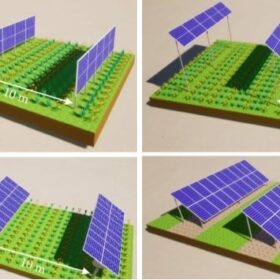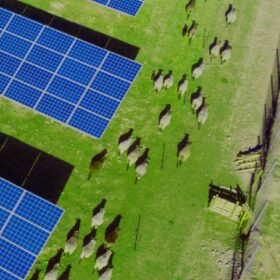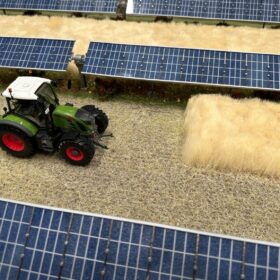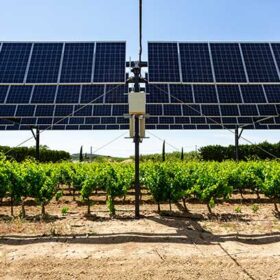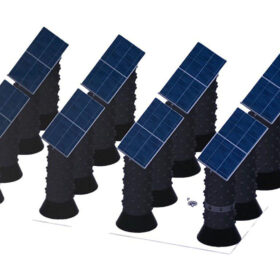New study estimates India’s solar potential at 10,830 GW
A new study by The Energy and Resources Institute (TERI) has estimated India’s total solar potential at 10,830 gigawatts (GW), significantly higher than the previous 2014 assessment of 748 GW by the Ministry of New and Renewable Energy (MNRE). The study revisits conventional solar deployment areas such as barren and unculturable lands and explores additional avenues to expand the country’s solar potential.
All agrivoltaic system designs at a glance
Researchers in Sweden and Italy analyzed the economics of one-axis, vertical, and elevated PV systems for agrivoltaic applications, finding that overhead agrivoltaic systems may perform better the further south they are installed. The discounted payback period and levelized cost of electricity were also calculated and compared.
Harnessing the power of agrivoltaics: the future of sustainable land use
With the increasing pressure to decarbonise the energy system while preserving arable land and biodiversity, agrivoltaics is quickly becoming a vital pathway towards sustainable development. A new report from the IEA PVPS Task 13 lays out a compelling vision for how solar energy and agriculture can not only coexist but thrive together.
Tracking the Sun for a brighter tomorrow
Solar trackers are not just an upgrade to existing PV setups—they have the potential to be as crucial as any other component in a solar power plant.
Fraunhofer ISE testing agrivoltaics on standard weather protection covers
Fraunhofer ISE and German weather protection specialist VOEN Vöhringer are testing an agrivoltaic system that uses existing crop cover structures to support solar modules, eliminating the need for a dedicated mounting system.
Construction starts on New Zealand’s 280 GWh agrivoltaic project
Construction on New Zealand’s largest solar farm project has begun at Te Aroha in Waikato, marking a significant milestone for the country’s renewable energy future and the potential of agrivoltaics.
Cadmium telluride vs. crystalline silicon in agrivoltaics
Researchers in Canada have compared strawberry growth under uniform illumination from semi-transparent thin-film cadmium telluride panels and non-uniform illumination from semi-transparent crystalline silicon modules. Their analysis considered metrics such as fresh weight, height, leaf count, chlorophyll content, soil temperature and humidity.
Italy allocates 1.5 GW in agrivoltaics tender
The Italian authorities have chosen 540 projects, totaling 1.5 GW, in the nation’s first agrivoltaics tender.
Agrivoltaics can increase grape yield by up to 60%
French agrivoltaics company Sun’Agri says that two of its facilities increased grape yields by 20% to 60% in 2024, compared to areas without solar panels. The PV modules helped regulate temperature fluctuations, reducing summer heat peaks and winter temperature declines.
Colombian researchers design agrivoltaic system with hydroponic towers
Colombian researchers have designed an agrivoltaic system integrating hydroponic growing towers. The modular array, consisting of stackable 20 cm rings, creates a structure up to 2.5 meters tall, optimized for cultivating approximately 80 plants per square meter.

